Back to top: Other objects from Unit A16
Clay artifacts
Between several sealings and seal impressions, about 100 clay lumps were recorded. Many of them were then discarded after not showing any visible trace of seal rollings. Other objects (q426.1, q676.1, q757.1, q828.5, q852.5, q886.3) are just fragments so their function is unclear and it can be just assumed (q188.1, i105). Between the most significant objects we can mention: an andiron (i19) only fragmentary and decorated with punched holes; fragment of zoomorphic vessel (i80) with traces of tail and very small legs. Also worth noting is a fragment of a vessel in shape of animal (i21) the so called rython, resembling a hedgehog (?). Another vessel (i11) is possibly a libation vessel because of the unusual shape and the presence of a spout. Other interesting objects are a possible clay mould for metal tools (i39); a fragment of numeric tablet (q908.1) with six small depressions and a circular star like object (q871.5), probably a wheel. Many beautiful seal impressions are discussed under “glyptics” section.
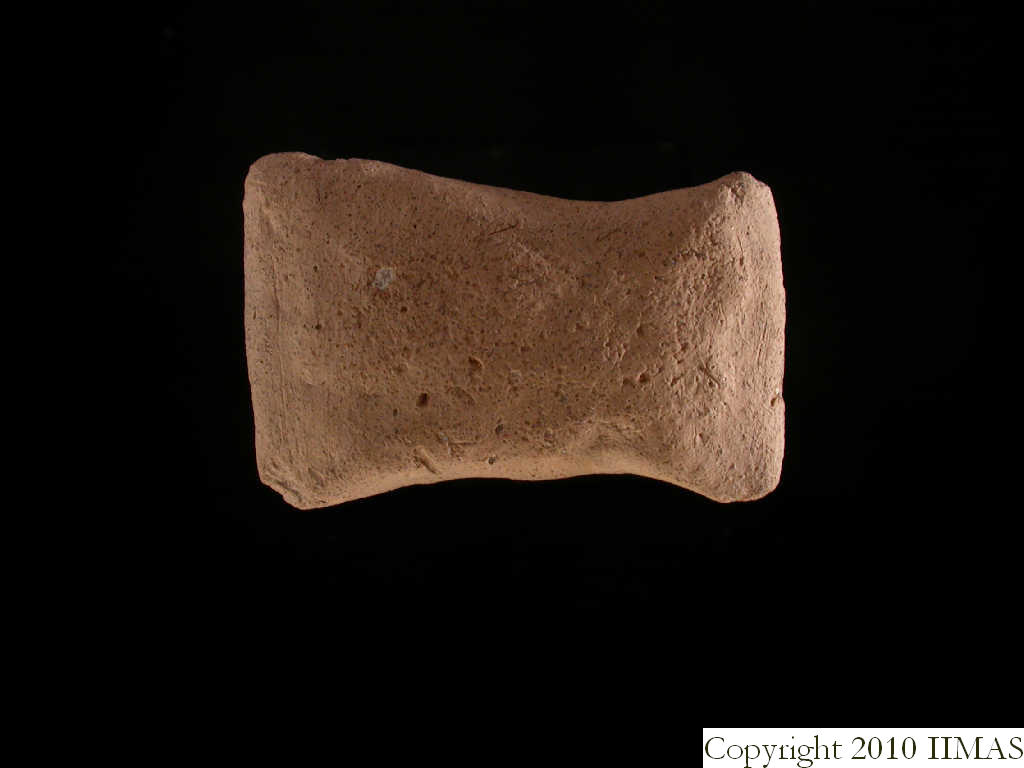 i105 |
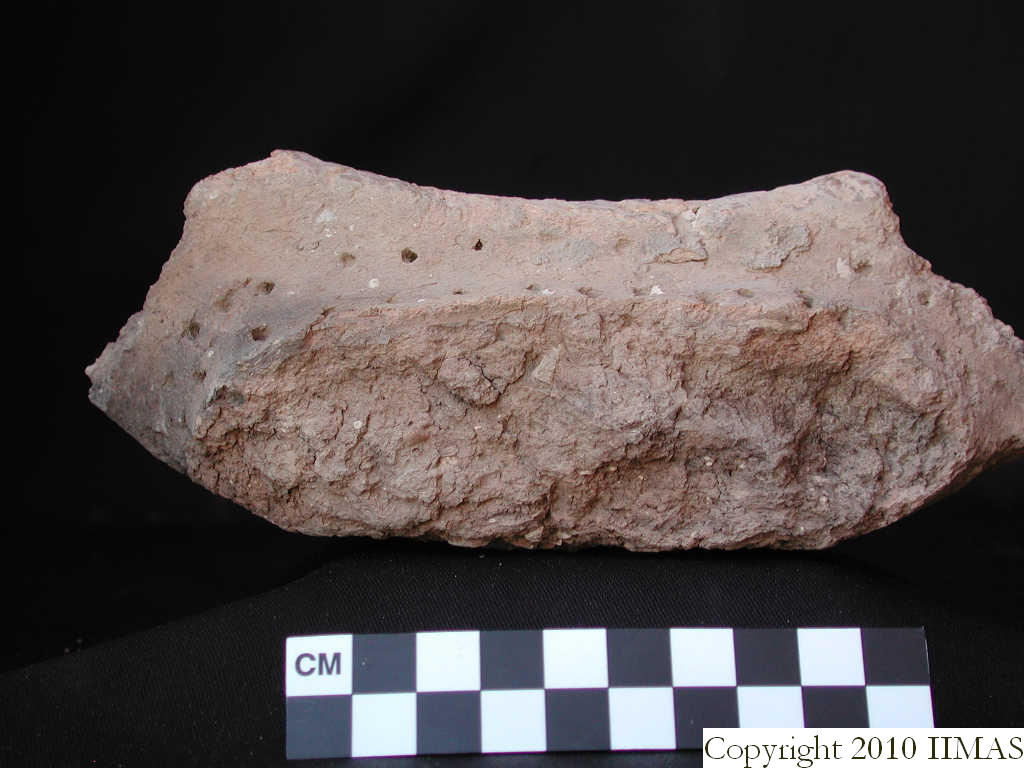 i19 |
 i80 |
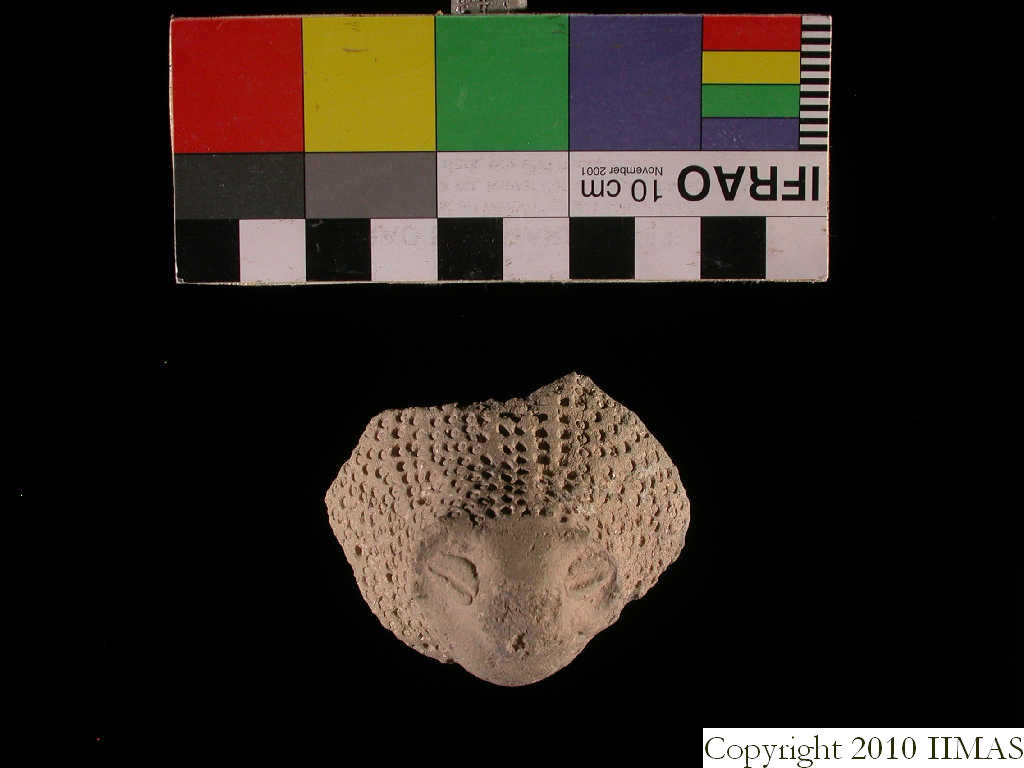 i21 |
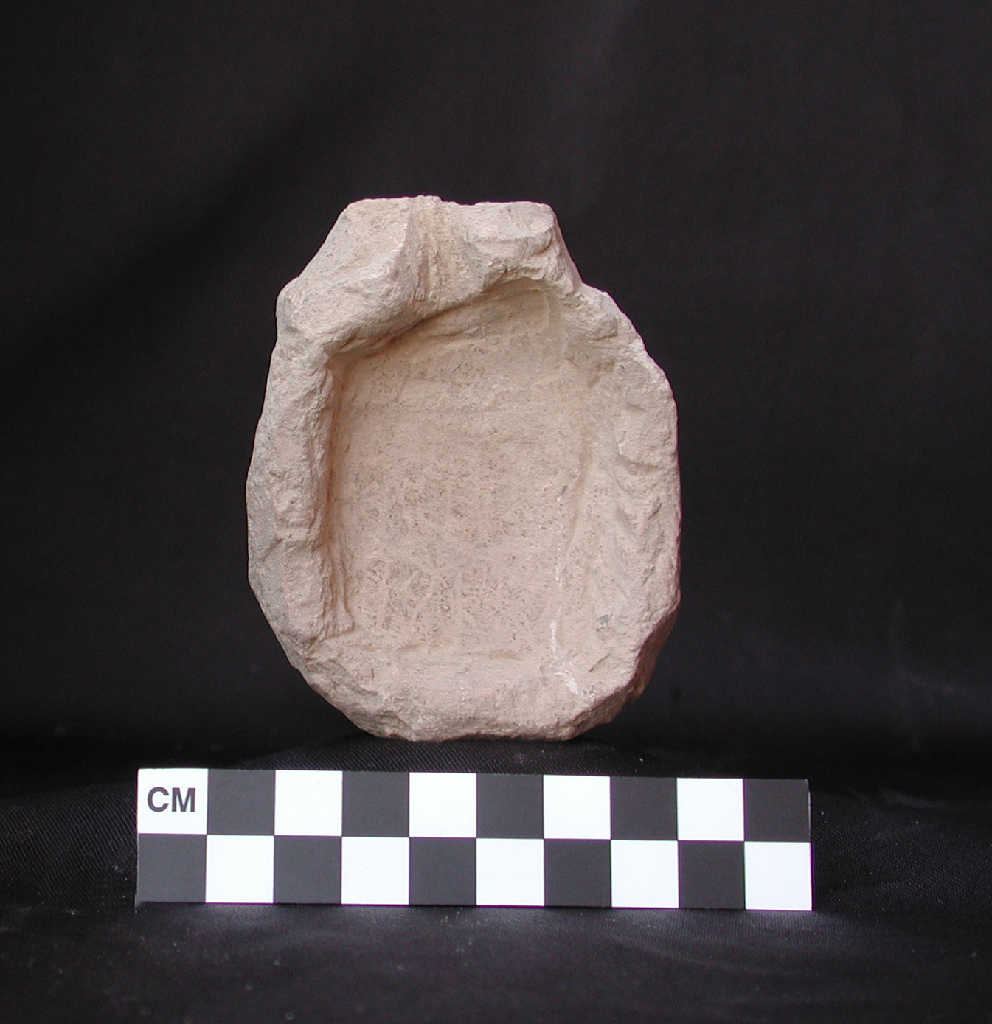 i11 |
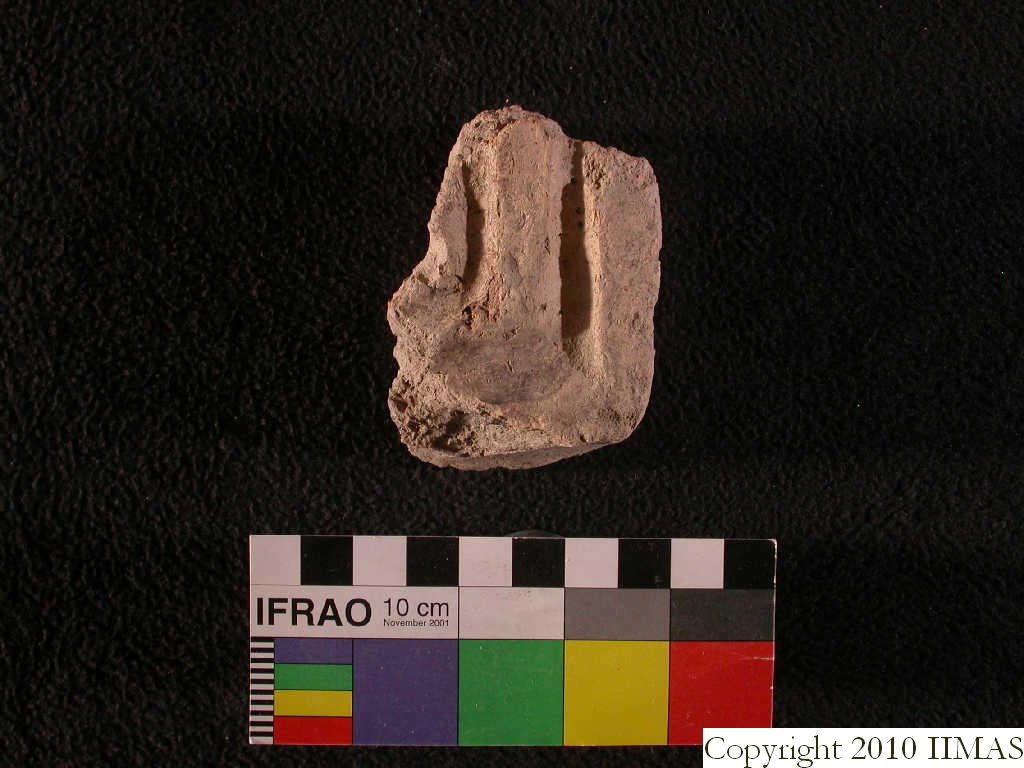 i39 |
Back to top: Other objects from Unit A16
Clay wheels
Many wheels were found in A16, with examples from all the five types identified by Rick Hauser (Types I,II,III,IV,V). The wheels (q404.1, q490.1, q533.1, q559.2, q645.1, q698.2, q802.1) usually have a prominent hub with the passing trought hole for the (chariot) axis. The sizes vary, but the typology is homogeneous. One example (q878.1) does not have the hub, but only a small hole, while q886.4 was probably a piece of pottery worked into a wheel. Only one wheel (q871.1) is made of unbaked clay.
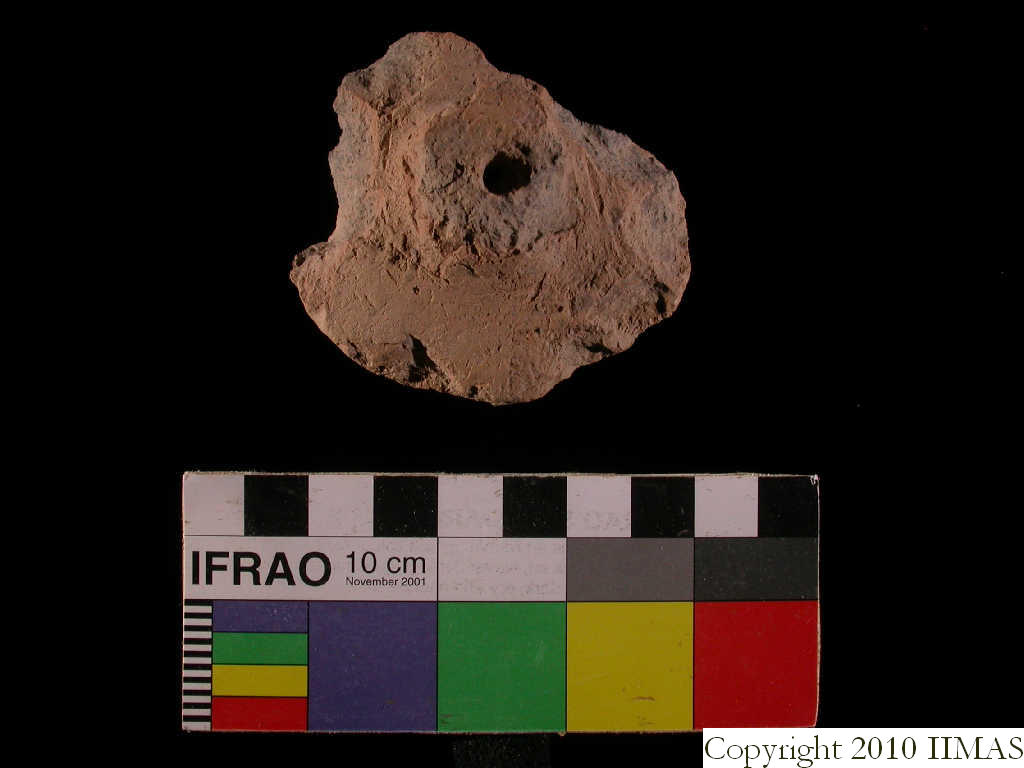 q533.1 |
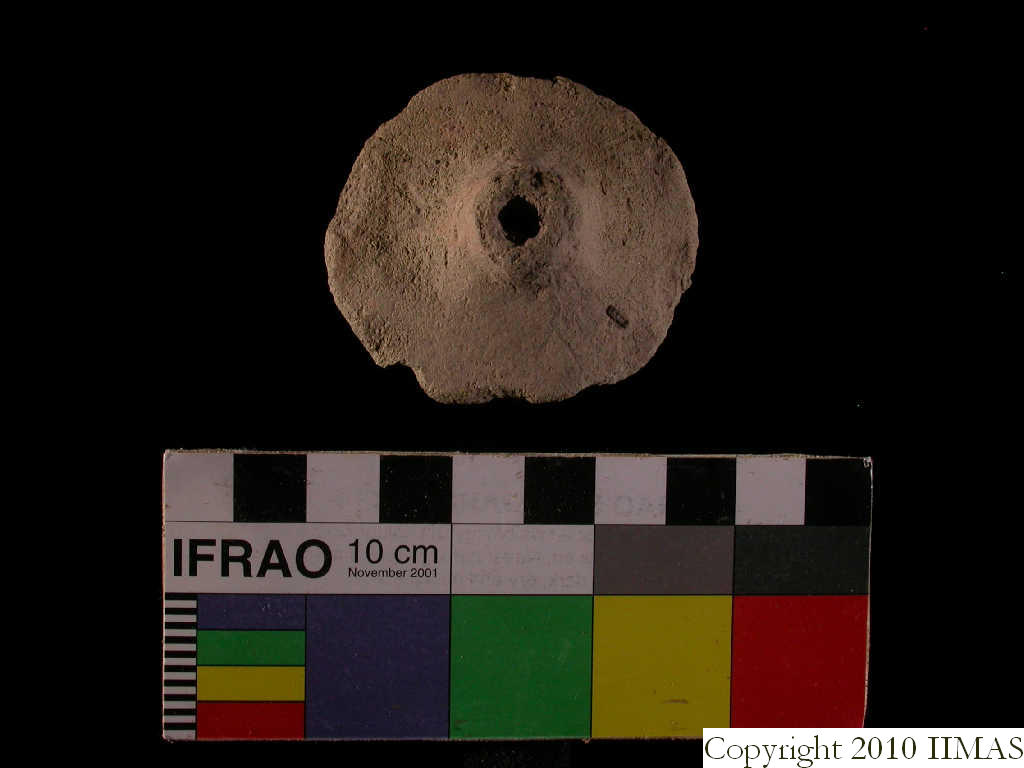 q559.2 |
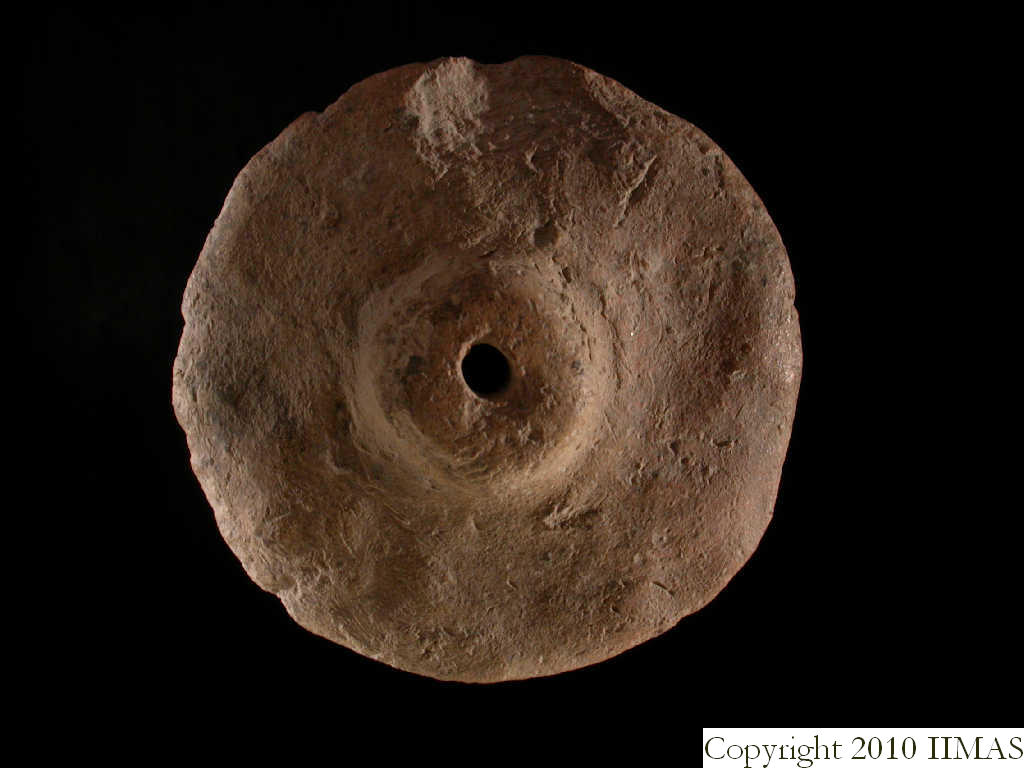 q645.1 |
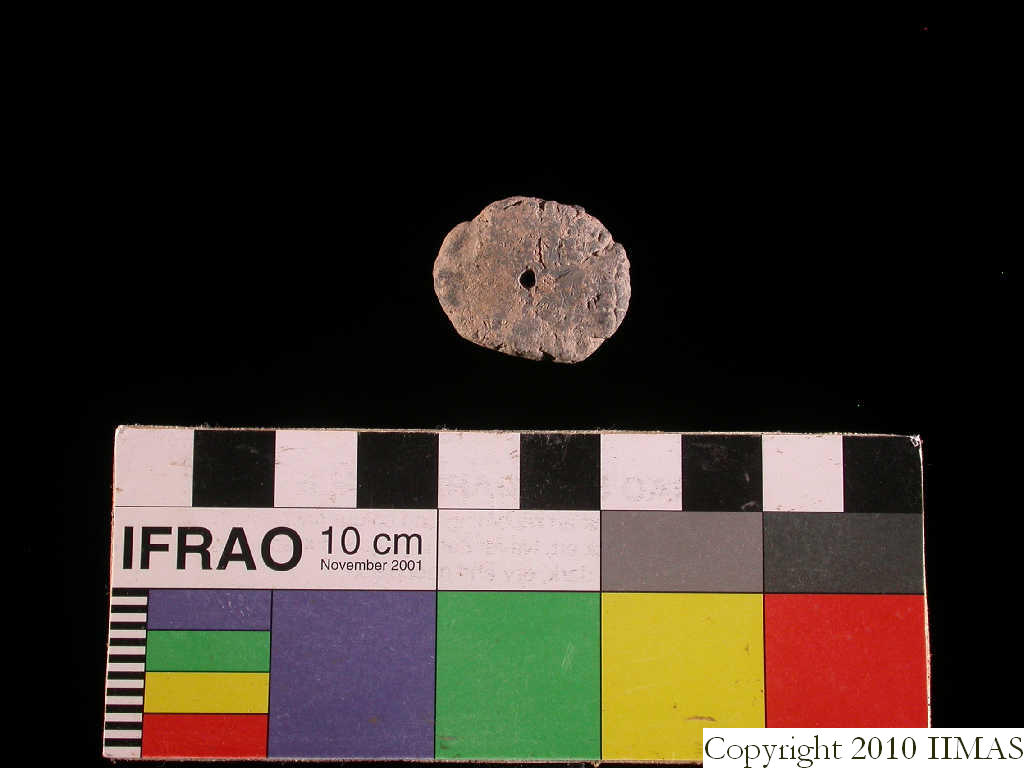 q878.1 |
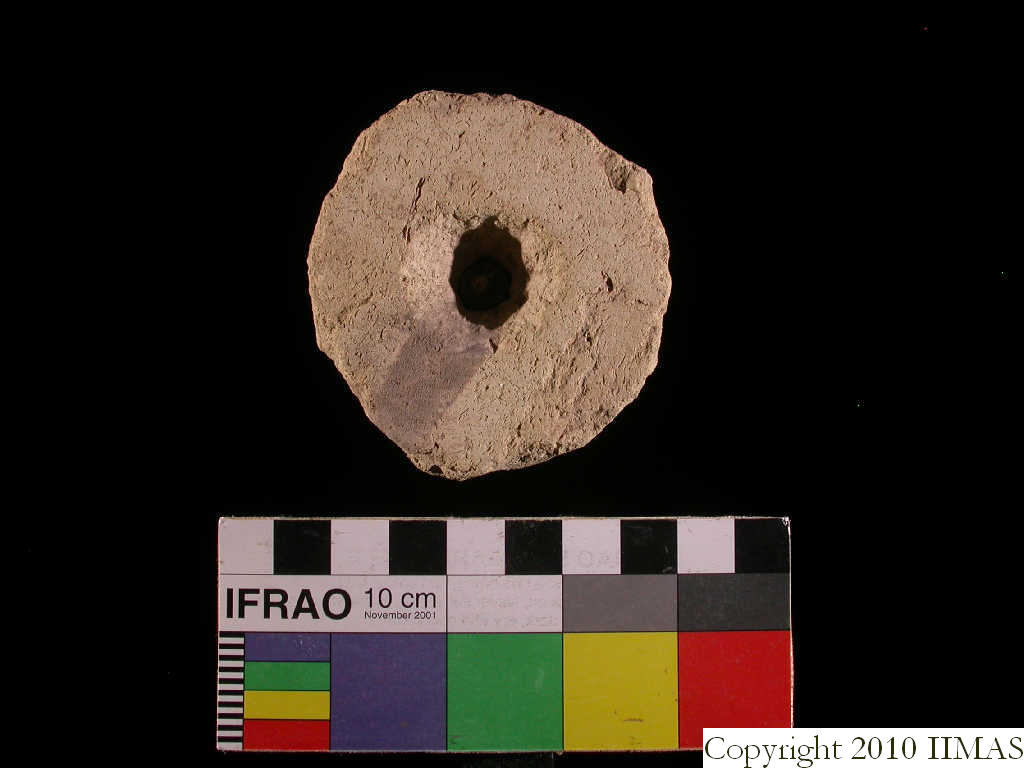 q886.4 |
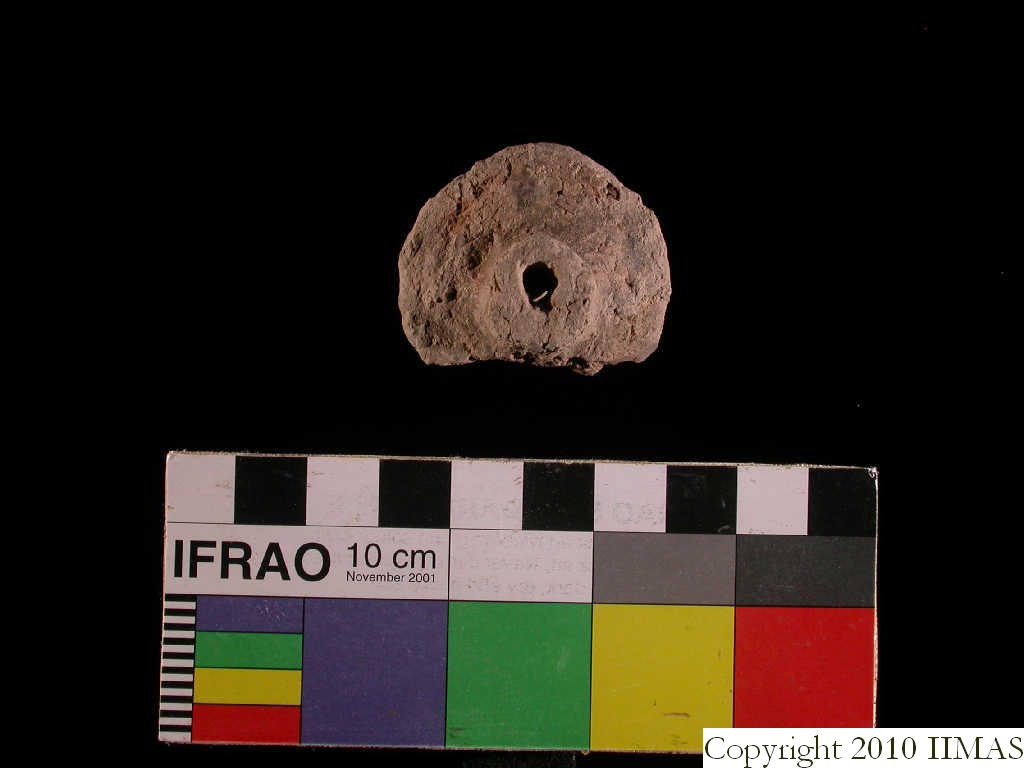 q871.1 |
Back to top: Other objects from Unit A16
Beads
About 50 beads were found in A16. Three groups were recovered inside 3 different burials, possibly forming necklace. No frit beads are attested in A16, because they are typical of Mittani period, not recorded in this unit (?). The A16 bead assemblage is homogeneous with stone and clay beads.
Back to top: Other objects from Unit A16
Beads from funerary sets
- The first group was found in burial a16, and it consists of 4 beads: one rounded bead of transparent quartz (i65), two flat rectangular beads with rounded edges of milky white and clear brown agate (i61, i55) and one metal in the form of lemon (i66).
- The second group of beads was found in the jar burial of small child a15, one of the richest of A16. The group is constituted of 10 beads, including an item with geometric decoration (i75), looking like a cylinder seal, but interpreted as a frit bead, because of the presence of other nine beads. The beads are made of stone (quartz, lapis-lazuli, carnelian) and have many different shapes: rounded (i75.3, i75.6, i75.7), teardrop (i75.8), flattened with rounded edges and a with a double white circles decorations on either sides (i75.1), rectangular with rhomboid section (i75.2), rounded slightly elongated (i75.4), and in shape of bird (i75.9).
- The third group is coming from child burial a18, and it is constituted of three quartz and one lapis-lazuli beads. The quartz beads (i176, i177, i178) are elongated with rounded edges and flat sides, while the lapis-lazuli (i179) has a tear drop shape. They were very likely forming a necklace.
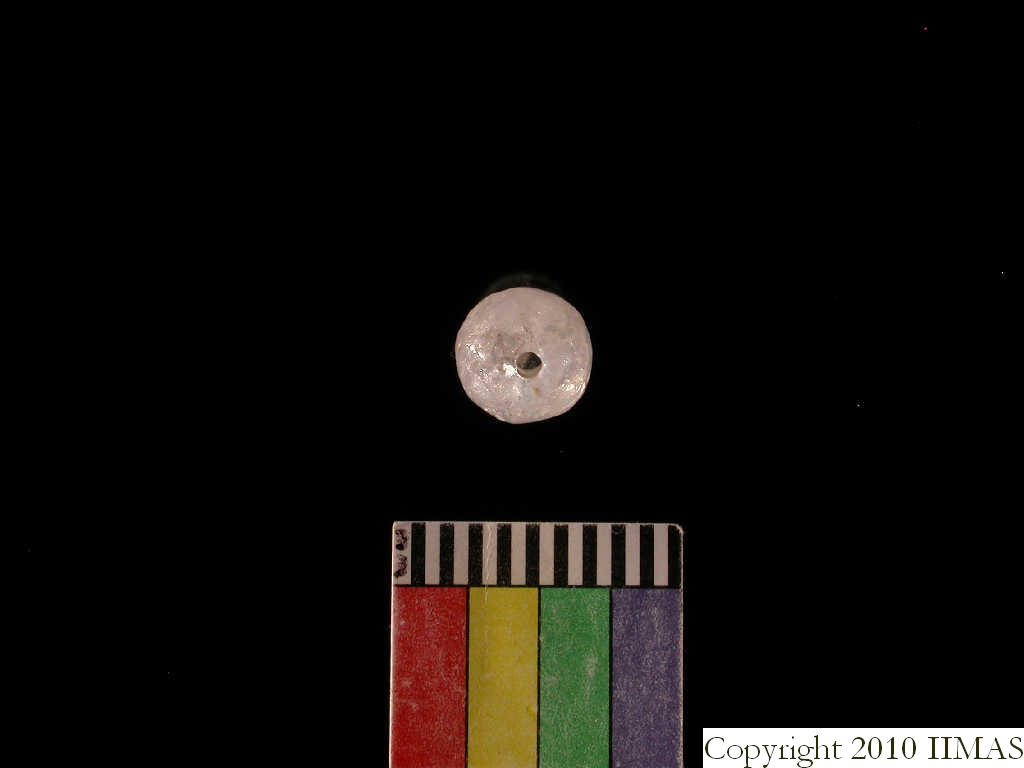 i65 |
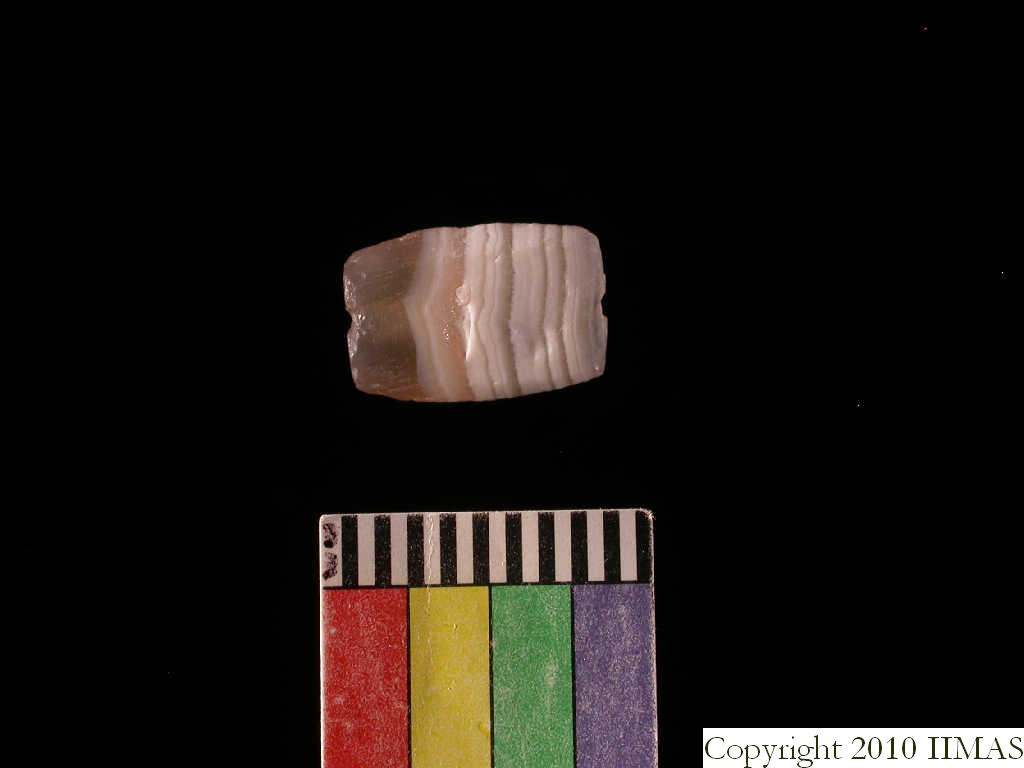 i61 |
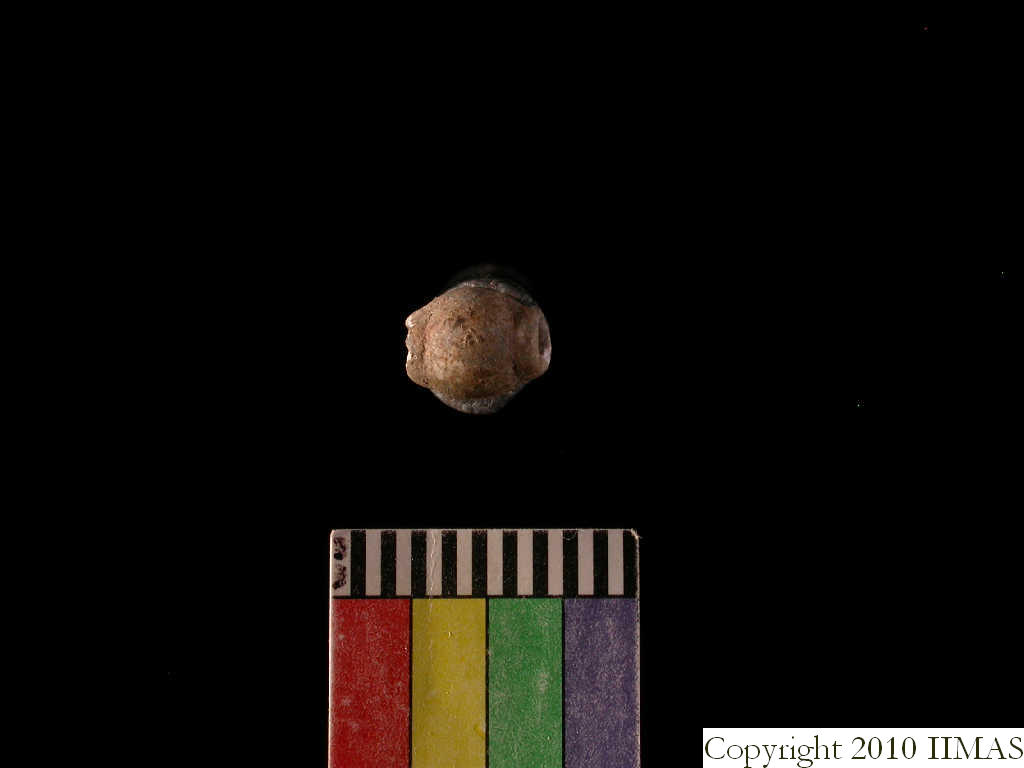 i66 |
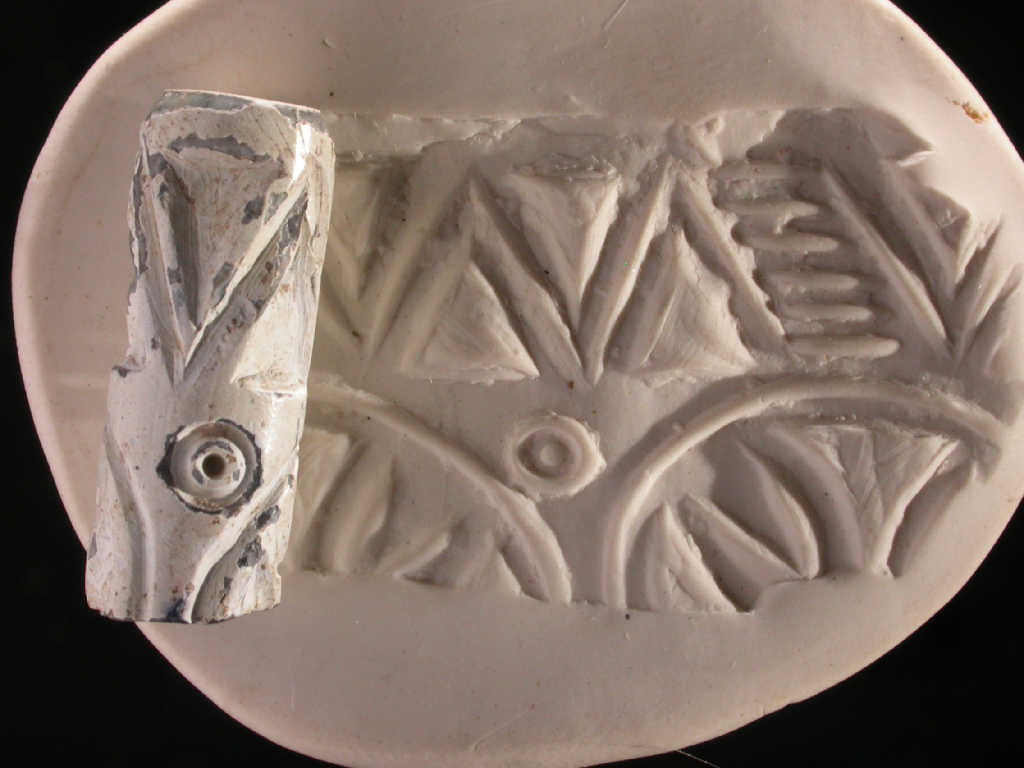 i75 |
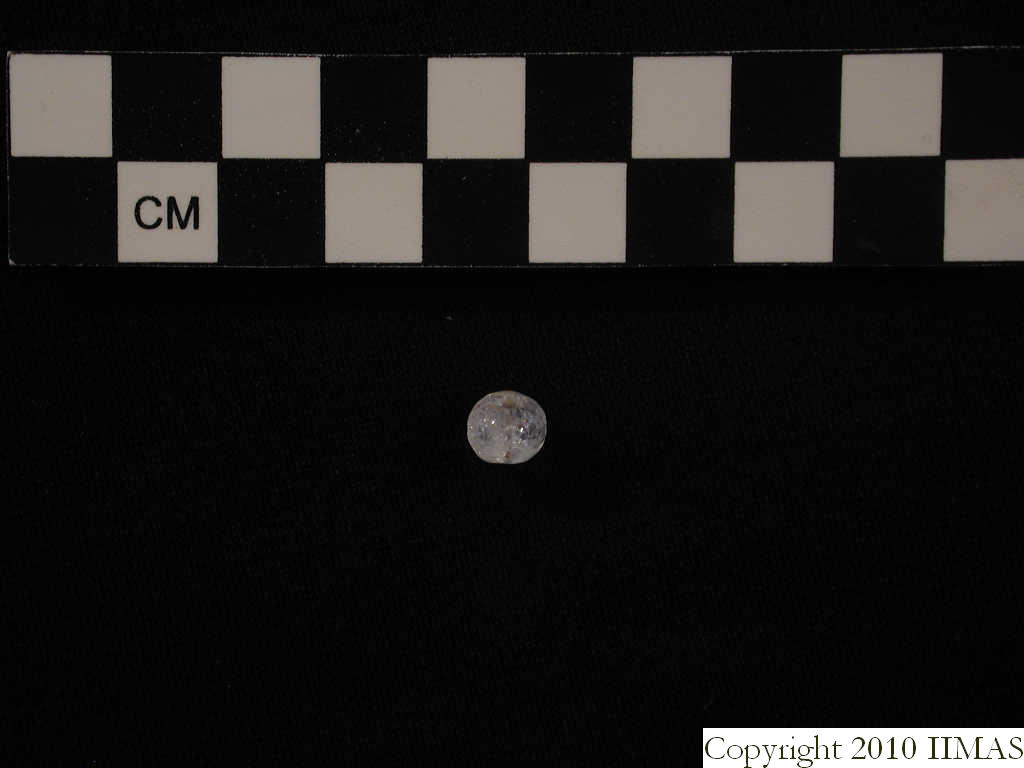 i75.6 |
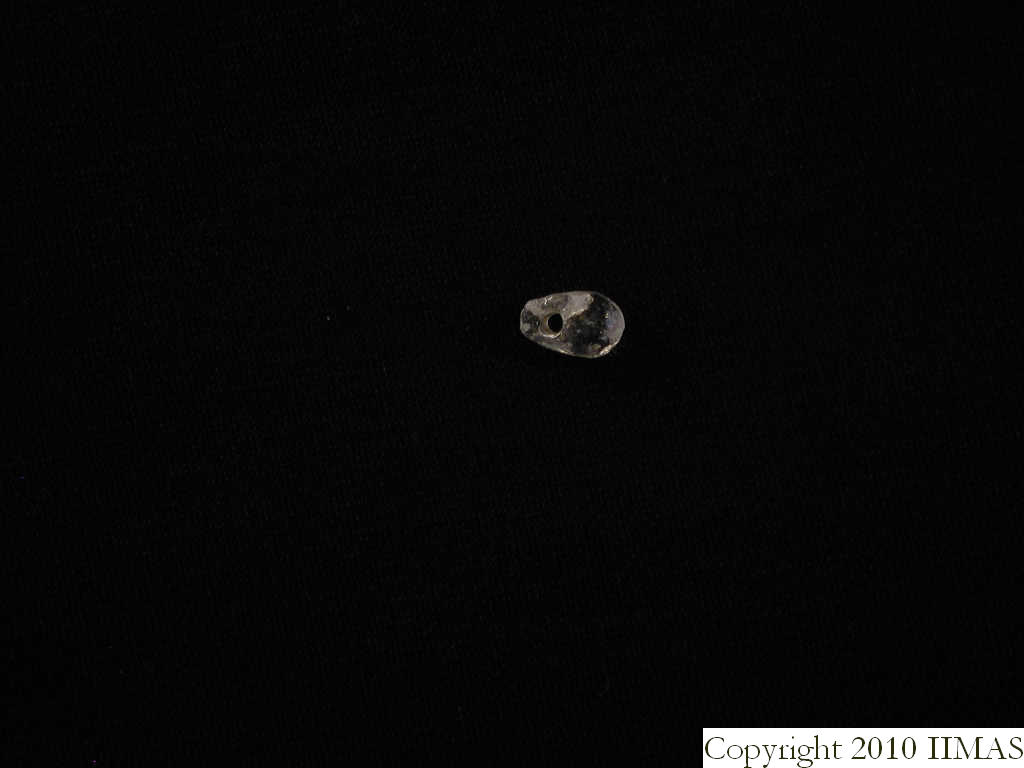 i75.8 |
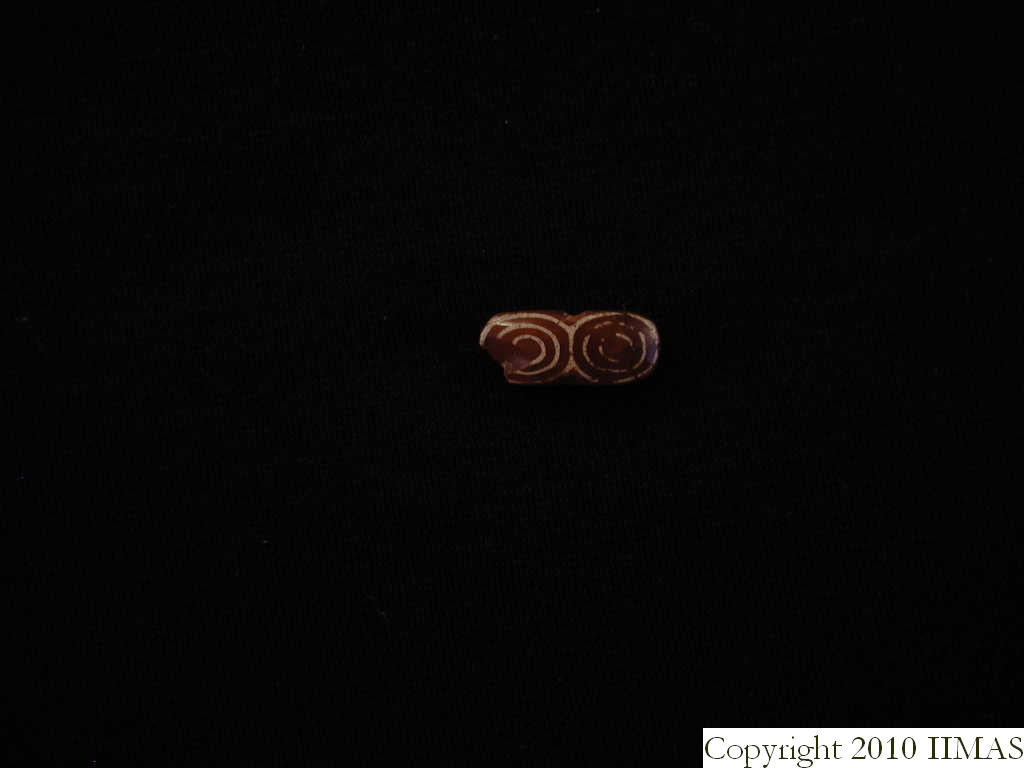 i75.1 |
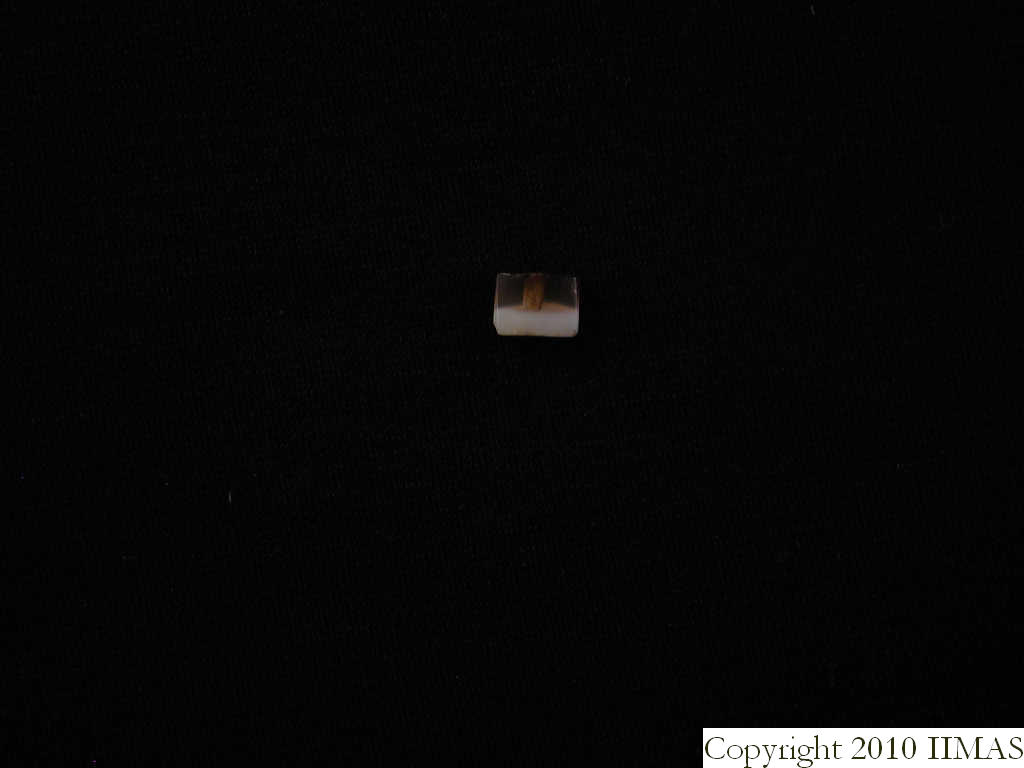 i75.2 |
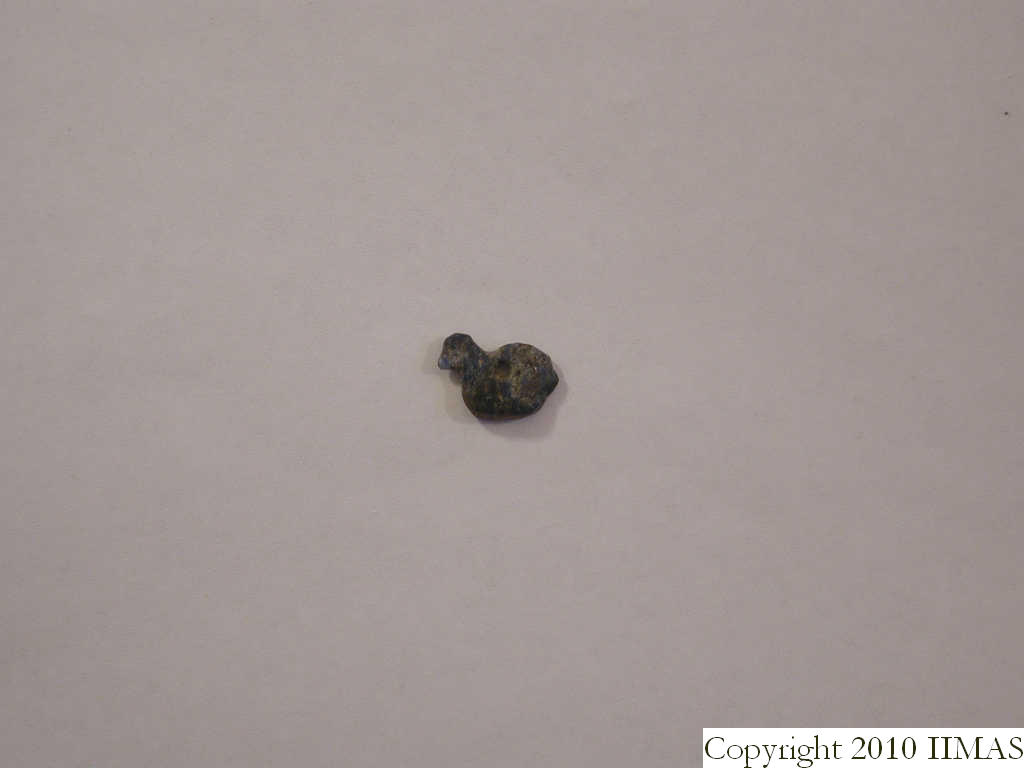 i75.9 |
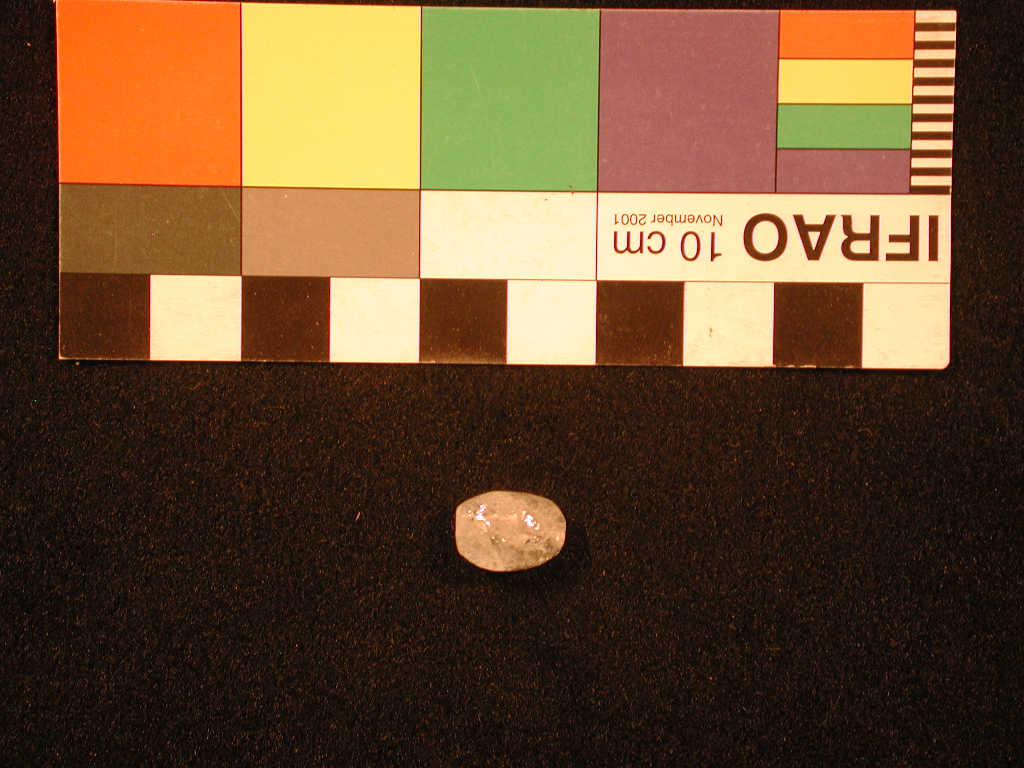 i176 |
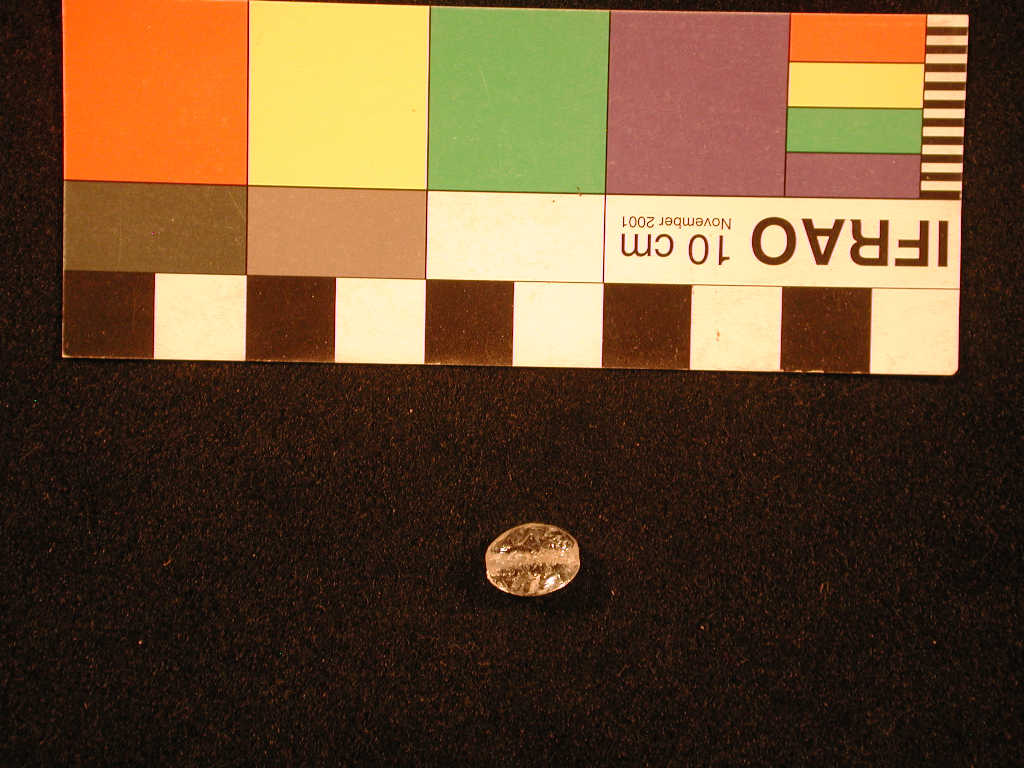 i177 |
.jpg) i179 |
Back to top: Other objects from Unit A16
Other beads
Other beads are found in secondary deposition in various features. Worth of note are some stone beads (i8, i121, i155), an obsidian small bead (q255.1), and a lapis-lazuli bead (q684.4).
Other items considered beads are clay disks with a hole in the middle. Sometimes the hole is made before baking (q23.1, q837.6), in other cases (usually) after because they are reused sherds or pottery fragments (q6.1, q860.1, q893.1, q476.3, q555.1). The edges were smoothed and regularized (q233.2, q873.1). They are divided from “normal” clay disks and interpreted as beads mainly because of their small dimensions and very regular shape.
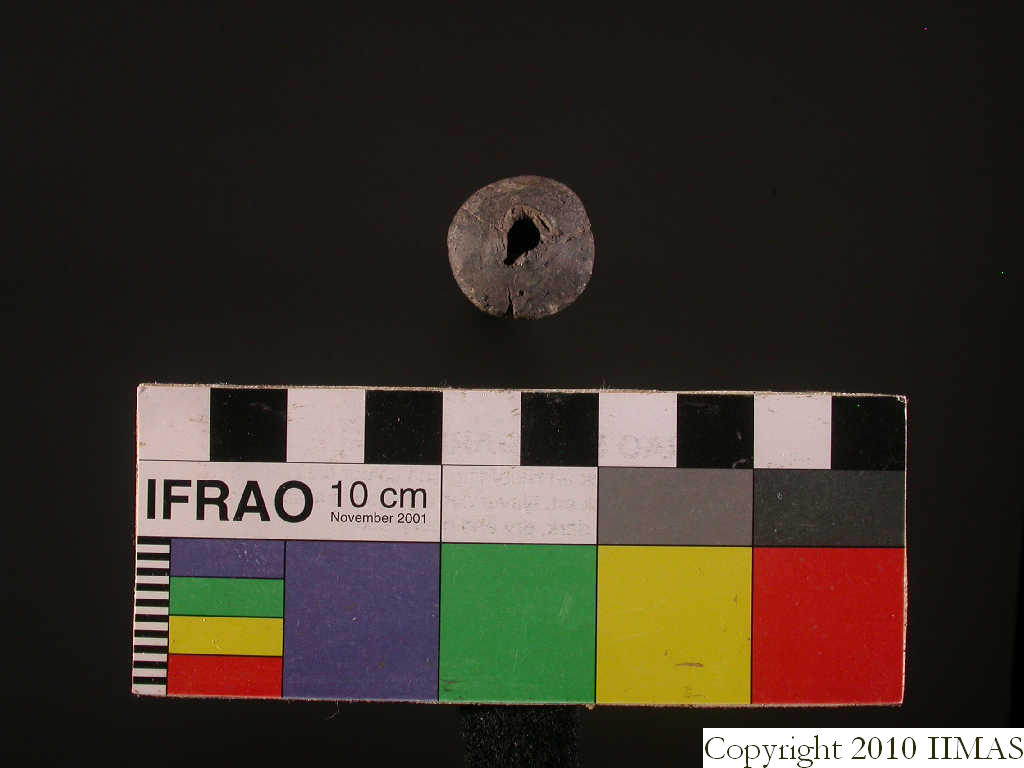 q23.1 |
 q837.6 |
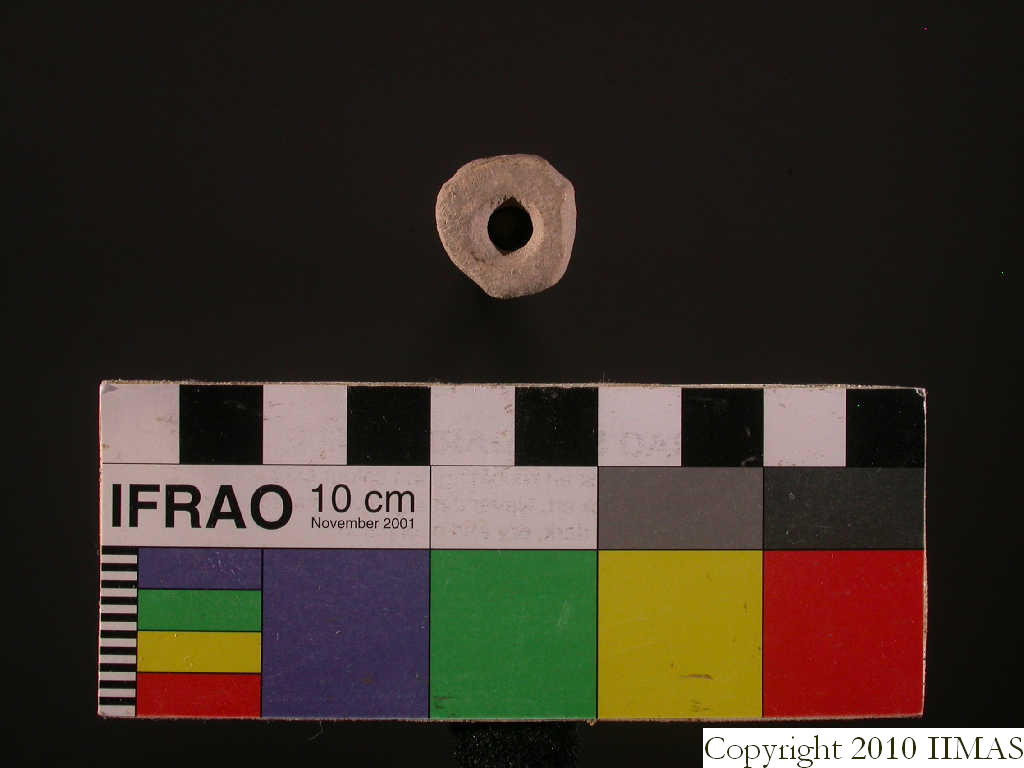 q6.1 |
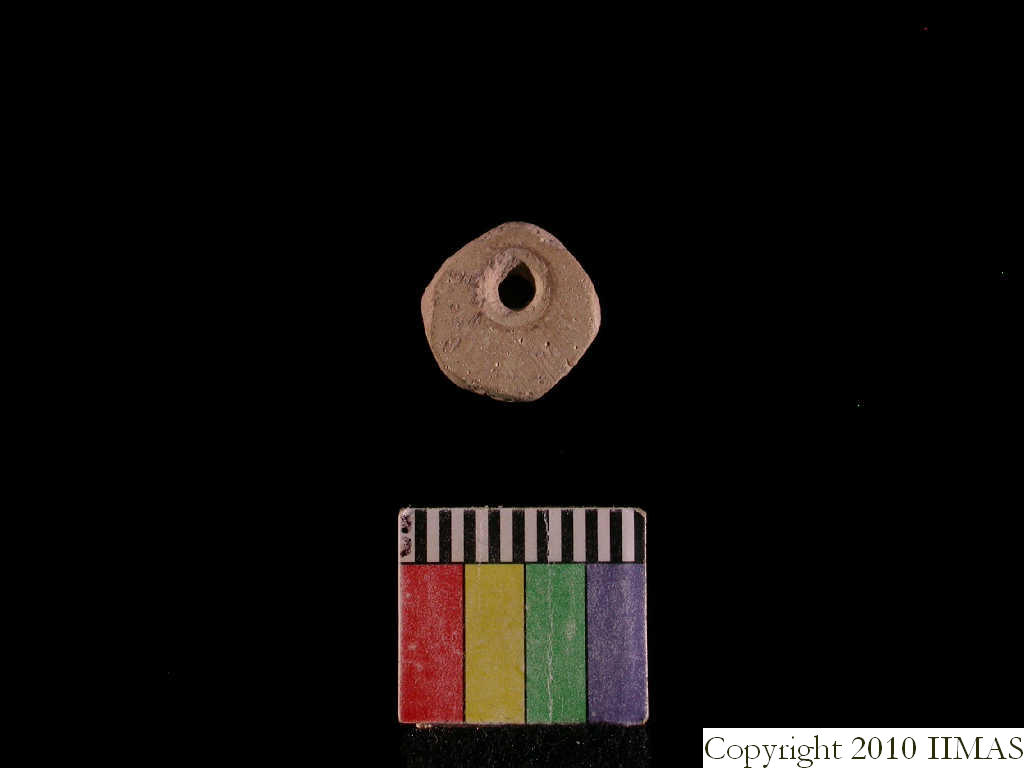 q860.1 |
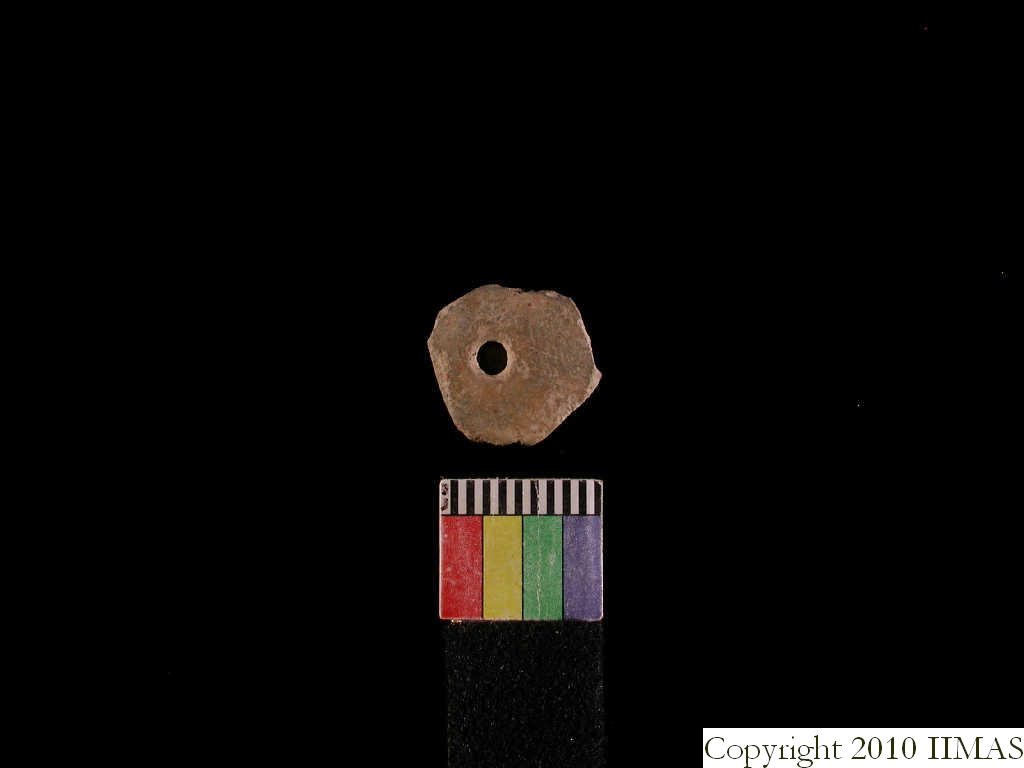 q476.3 |
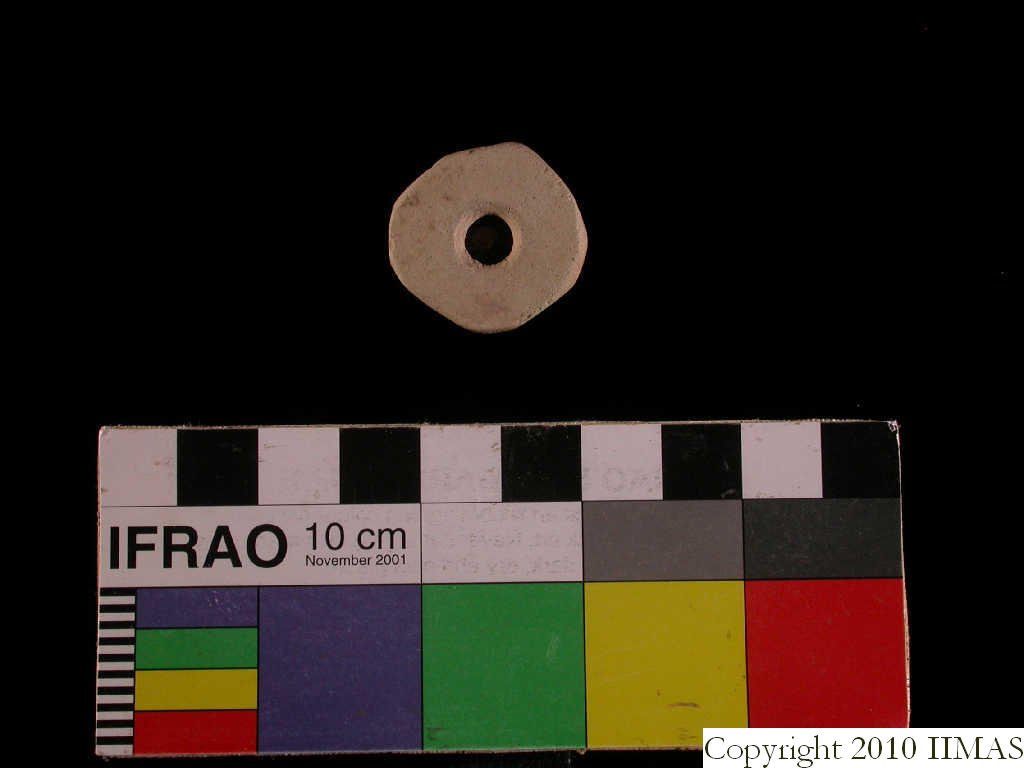 q233.2 |
Back to top: Other objects from Unit A16
Shell artifacts
Only few shell artifacts were found. Shells with a perforation (q159.4 and q80.1) were used as beads for necklace or for earrings. It is obvious that sea shells would have been imported on purpose for making jewels. A fragment of mother of pearl (q695.1) is finely worked and it could be a decoration inlay.
Back to top: Other objects from Unit A16
Bone artifacts
There is a total of 3 bone artifacts, one being a simple ring with unclear function (q437.2), a sort of needle or a small awl with a very sharp point (q704.4).
Back to top: Other objects from Unit A16